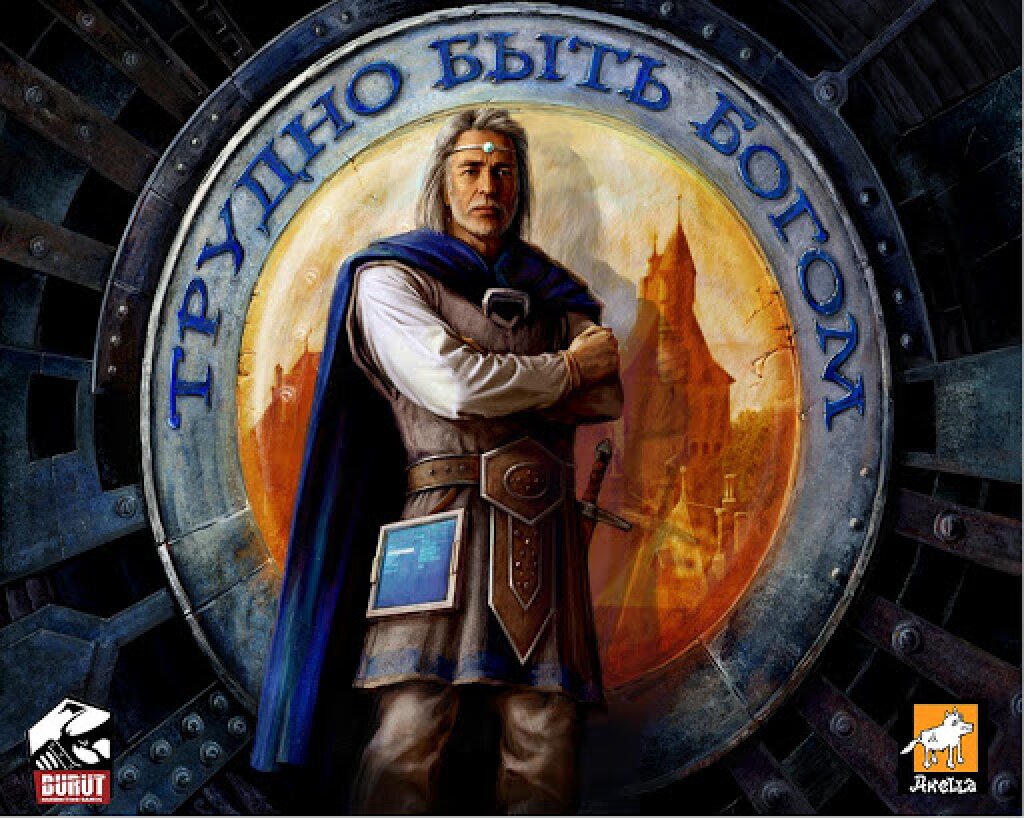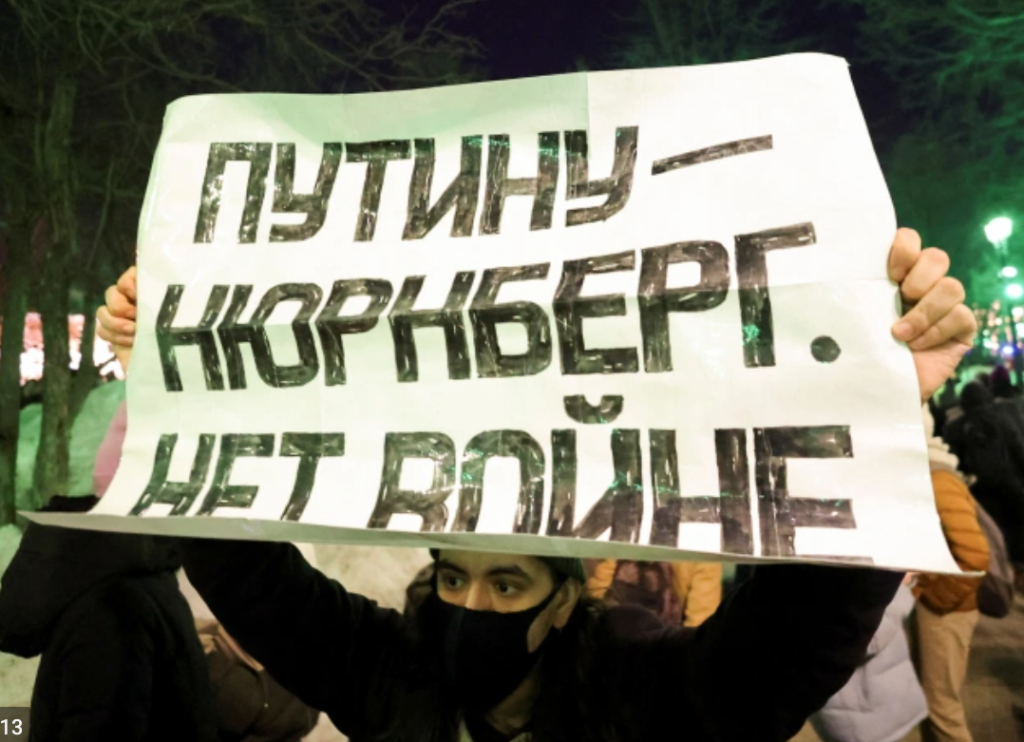This post is part of the Introduction to Unstuck in Time: On the Post-Soviet Uncanny, an ongoing Tuesday/Thursday summer feature on All the Russias. It can also be found on Eliot Borenstein’s website. To get email announcements about new posts, please write to eb7@nyu.edu
When Russia's president compares viruses to the vaguely remembered barbarian invaders of yore, and when the first post-Soviet decade is continually framed in terms of an early 17th-century crisis, should we really be surprised that so many visions of Russia's future resemble popular conceptions of the middle ages? The medieval future is, of course, a familiar trope in the history of science fiction, most notably in Walter M. Miller, Jr.'s classic A Canticle for Leibowitz (1959), which features generations of monks trying to recreate civilization after a nuclear holocaust. Though a post-apocalyptic setting makes a medieval future seem more plausible, it is not a requirement, as Frank Herbert's Dune novels (1965- ) certainly show. Medieval settings can also be projected onto other, less "advanced" planets, as in the Strugatsky brothers' Hard to Be a God (1964). The medieval trappings of epic fantasy (and the rise of the Russian genre known as "slavic fentezi) have certainly kept the middle ages alive in speculative literature, as have the numerous medieval-themed video games.
The most common Western medieval futures tend to be not merely post-apocalyptic, but post-national: the very idea of the pre-apocalyptic nation is just as distant as nuclear fission (here the insistent Americanness of A Canticle for Leibowitz is an exception rather than the rule). While there are plenty of Russian science fiction stories that feature a more generic, supranational future, I would argue that they are fighting against internal ideological trends in the post-Soviet space. The Putin-era emphasis on sovereignty above all else, combined with the prominence of crackpot theories of ethnicity and nation inspired by the work of Lev Gumilev, renders a world without national borders dystopian by definition.
Russian medieval futurism, by contrast, is insistently Russian. The futuristic medieval setting is within some iteration of Russian territory. And the medieval future, far from being always dystopian, might not even be that bad. Tatyana Tolstaya imagines a feudalist revival in her post-apocalyptic novel The Slynx (2000), a book that, even as it describes the future, is much more concerned with critiquing the present day. The feudalist future is far more developed by two authors who look to a particular moment in Russian medieval history: Mikhail Iur'ev and Vladimir Sorokin's projection of Ivan the Terrible's oprichnina onto the Russian near future. Iur'ev's Third Empire is fiction, to the extent that it describes events that haven't happened (yet), but is much more in the tradition of the early works of utopian literature that dispense with plot and character in favor of chronicle and travelogue. The Third Empire is a blueprint for a Russian imperial revival modeled on a 16th-century reign of terror. Sorkin's Day of the Oprichnik, Sugar Kremlin, and, to a lesser extent, Telluria, turn Iur'ev's fantasy into the stuff of nightmare.



